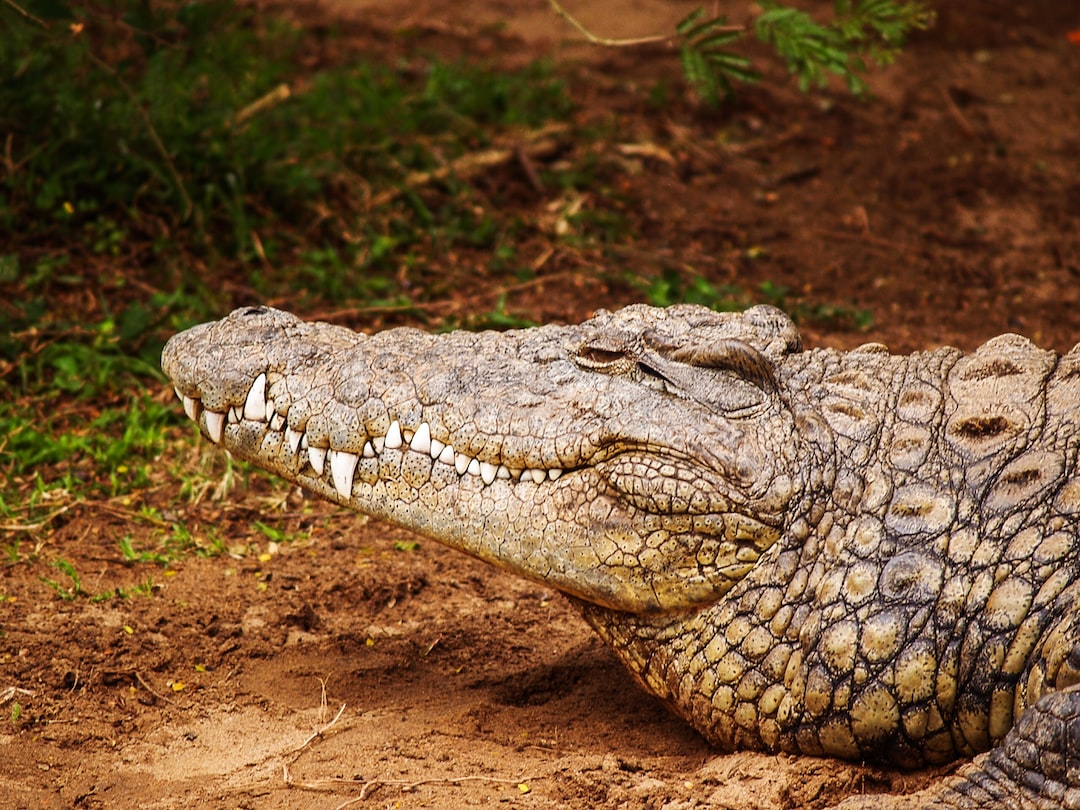Camels, also known as the “ship of the desert” are unique animals that have been able to survive in the harshest of environments for over 45 million years. These animals are renowned for their extraordinary adaptations to their desert habitat, which have allowed them to withstand some of the toughest conditions in the world. This blog post will delve into the fascinating “evolution and adaptations of camels: Surviving in harsh environments”.
Evolution of Camels
Camels are members of the Camelidae family, which also includes the related animals such as llamas, guanacos, alpacas, vicuñas, and others. Their origin dates back 45 million years ago, where their first ancestors were found in North America, called the “Protylopus”. Camels gradually evolved from the size of a rabbit into a larger, more robust animal over time.
However, it is only in the last few million years that camels began to appear similar to the ones we know today. These animals gradually migrated into Asia, and then to Africa, and became endemic to the arid and desert regions of these continents.
One of the significant features of camel evolution is their ability to feed on tough and thorny vegetation. They have strong, sharp teeth that allow them to bite off thorns and prickly bushes quickly and efficiently. Similarly, their large stomachs have developed into four distinct chambers that can retain and slowly digest the coarse vegetation swallowed by the animal. These two adaptations allowed camels to thrive in areas where there is little vegetation.
Adaptations of Camels
The arid and desert environments present a significant challenge for most animals. Camels, however, have evolved to survive in these harsh conditions due to numerous adaptations.
1. Hump – Camels are known for their humps, which some people mistakenly believe are used for carrying water. In reality, camels’ humps are a store of fat, which provides them with food and water during lean times. When they go without food, the fat in their humps is burned, releasing energy and water. This adaptation is an essential survival tactic for camels, as they can go weeks without food or water.
2. Camouflage – Camels’ fur color is a perfect adaptation to their natural habitat. Their texture and color easily blend with the surroundings, making them invisible from a distance. Camels’ underbelly, however, has a lighter shade, which reflects sunlight allowing them to stay cool. Their eyelashes are long and thick, providing protection from sand, dirt, and sun glare.
3. Water Management – Camels are capable of conserving precious water and can quickly adapt to changes in temperature and moisture conditions. They have the ability to drink incredible amounts of water in a single drinking session, consuming up to 200 liters (53 gallons). Additionally, their kidneys can function as water regulatory centers, allowing them to produce highly concentrated urine to minimize the water required for excretion, conserving water in the body for more extended periods.
4. Feet Adaptations – Camels have particularly large feet to help them move about on the desert sand. The two toes on each foot are cushioned by special pads that help distribute the animal’s weight, providing stability and comfort. The broad, flat shape of the feet also helps prevent the camel from sinking too deeply into the sand, making it easier and more efficient for them to walk long distances.
5. Temperature Regulation – The body temperature of a camel can fluctuate by 6-7 degrees Celsius (44-45 Fahrenheit) in a 24-hour period, making it easier for them to adjust to different temperatures. The camel’s body temperature is also lower than most other mammals, which allows it to expend less energy staying cool. Their thin fur also helps regulate body temperature, allowing air to circulate close to their skin, and release heat from their bodies.
Conclusion
Camels have developed an array of adaptations that enable them to survive in some of the harshest environments in the world. Thanks to these adaptations, these animals can live in areas where few other animals can survive. From their humps to their feet, camels have evolved over millions of years to become one of the most successful and adaptable animals in the world.
Camels have been and will continue to be an important animal for human societies in nutrient-scarce environments. They can provide transportation, milk, meat, and wool for their owners’ prosperity. Therefore, understanding their unique adaptations can help us better care for and appreciate this magnificent animal species.


